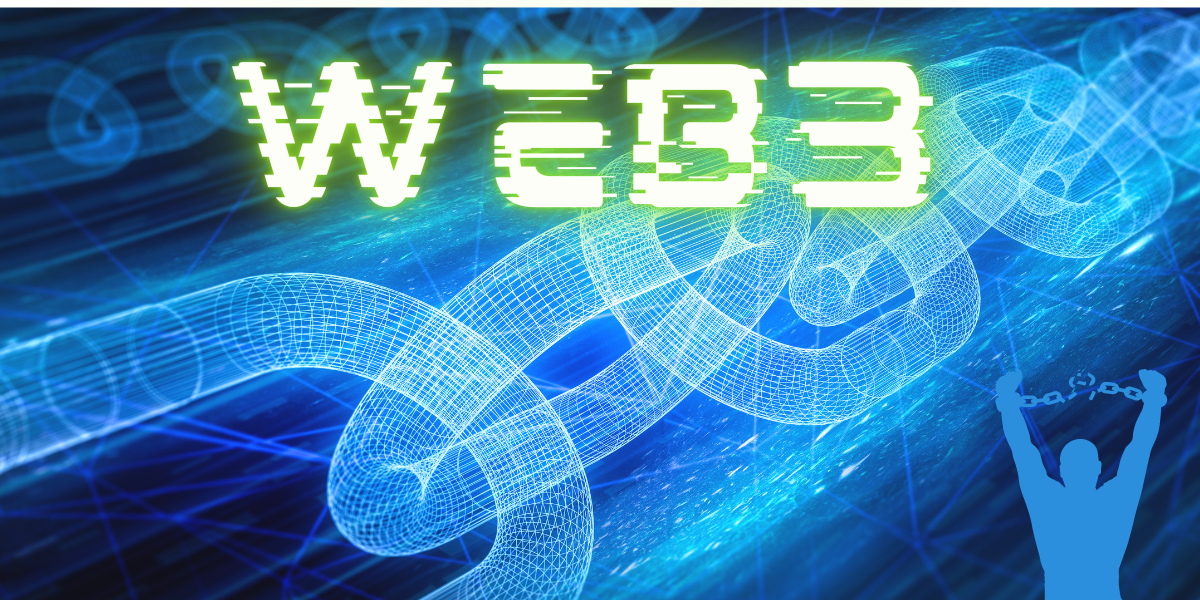
Web 1, 2, …?
Let’s go back in time a few years. When Tim Berners-Lee invented the World Wide Web in 1989 it was a revolution. It provided easy access to unlimited information to everyone around the world. All you needed was a connection to the internet and a free web browser. HTML language and hyperlinks democratized access to knowledge. Web surfing was born. Web 1.0 lets billions of people read articles and documents online, and later on, “google” all their questions or simply watch cute cat videos.
But the early web, with its static pages, was lacking a few things. It was mainly to consume and read-only. One of the missing features was added with the next evolutionary step towards Web 2.0: Participation.
One early example of the Web 2.0 is Wikipedia. The online encyclopedia made all the big and expensive book volumes in this category obsolete. It might be one of the biggest collaborations in the world. Anyone can write or edit an article. The Web 2.0 let us all become creators and publishers. Blogs and social networks like Facebook, Instagram, and TikTok have become a normal part of our daily lives. Now even your grandmother might be sharing pictures of her flowers online.
But all the convenience and “free” services came with a hidden price: Centralization. A few big tech companies own and control our content and data. They sell our information and make huge profits from it. They decide what we are allowed to publish and how they monetize our content. We, the creators, are left with nothing but the permission to use the platform (according to their rules). Maybe in some cases, we can receive a few crumbs of the big cake. Not more.

Enter Web3
Tim Berners-Lee thought about the next step, called Web 3.0, being a semantic web. The core of this is machine learning and contextual understanding through artificial intelligence (AI). But this is not the Web3 we are talking about.
To differentiate from this approach (“Web 3.0”), the current evolutionarily step of the World Wide Web is mostly written “Web3”. The term was coined by Gavin Wood, co-founder of the Ethereum blockchain and founder of Polkadot, another notable blockchain project.
Web3 adds some very effective ingredients to the Internet: Blockchain and decentralization as its technological backbone plus token-based economics (including cryptocurrencies, NFTs, and smart contracts). More about the future importance of tokens in this post: Why Tokens Are The Next Big Thing – And Why You Should Care!
These new technological extensions to the Internet have the power to achieve a huge paradigm shift and transform the World Wide Web like nothing before.
Blockchain and its distributed ledger, plus everything built around it, are the foundation for giving more autonomy back to the people:
- We, as creators, own our content and can monetize it.
- We can close contracts without third parties and middlemen involved (smart contracts).
- We conduct financial business without banks (decentralized finance / DeFi).
- We have a say in decentralized autonomous organizations (DAOs).
- We control our own identity and personal data (self-sovereign identity).
Furthermore, cryptocurrencies and tokens can give us back ownership and control of wealth and content.
For example: No government can just create more Bitcoins (like they did with traditional fiat money, ultimately leading to high inflation). There will never be more than 21 million Bitcoins available.
Content on the blockchain cannot be censored by regimes.
Cryptocurrencies in self-custody wallets can’t be seized.
Limitations, Regulations, and Threats
Currently, blockchain technology has several disadvantages compared to the traditional Internet, including lesser computing power, bandwidth, and storage capabilities. Parts of it will probably become centralized like before. Because this is how things always tend to turn out. And it needs more easy-to-use applications.
But billions are being invested, and many intelligent individuals are dedicating their time and energy to developing better applications that run on the blockchain, generating unique use cases that weren’t possible before.
Of course, the biggest threat to Web3 comes from traditional players: Governments overly regulating or even trying to ban the use of cryptocurrencies completely. In favor of their own, fully controlled, CBDCs (Central bank digital currencies). The expected lobbying of the big tech companies and banks that see essential parts of their profitable businesses fading away in the future. And they fear the loss of control. Control over the money supply, transfers, and our data. And loss of control means loss of power which equals loss of profit.
Personal Prediction
Right now, no one knows for sure how and when Web3 will fulfill all its hopes and promises. Or if it ever will. And if the Web3 community will be strong enough to win the essential battles against the three very powerful opponents (governments, banks, and big tech companies).
In my opinion, Blockchain and the traditional Internet will complement each other and finally merge. We should all support this goal for one reason which cannot be emphasized enough:
Web3 brings back ownership and control and might be our last chance for personal freedom in the digital future!


Disclaimer: This is NO financial advice. All content is for educational, entertainment, and informational purposes only!




